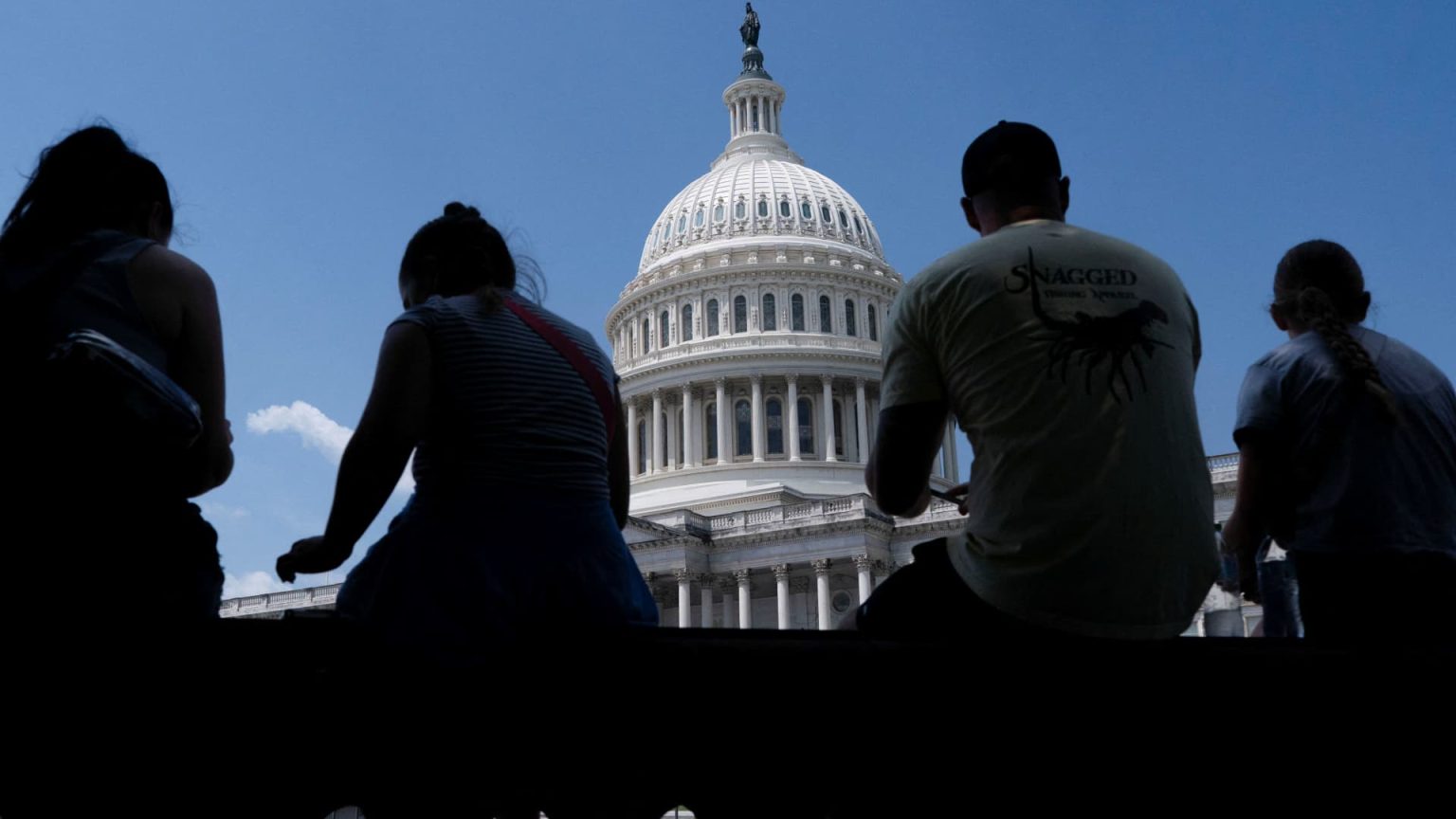On Monday, Senators kicked off the amendment process for President Donald Trump’s significant legislation with a complex procedure known as a “vote-a-rama.” This session follows an intense weekend of negotiations aimed at advancing the president’s second-term domestic objectives. With uncertainty over how long the session might last, the Senate is bracing for a long and grueling voting period that could extend for eight hours or more, as senators propose an unlimited number of amendments to the budget bill.
| Article Subheadings |
|---|
| 1) Overview of the Vote-a-Rama Process |
| 2) Strategic Importance of the Amendments |
| 3) Recent Procedural Developments |
| 4) Challenges in the House of Representatives |
| 5) Implications for Future Legislation |
Overview of the Vote-a-Rama Process
The “vote-a-rama” session serves as a hallmark of the Senate’s procedural architecture, allowing senators to propose numerous amendments to a bill before its final passage. This particular session commenced at approximately 9 a.m. ET, where legislators were poised to engage in a series of rapid-fire votes. The process, which allows for an unlimited number of amendments, can be strategically advantageous for both parties to demonstrate their stances on a variety of issues as they rapidly debate the merits and consequences of proposed changes. With this specific bill encompassing far-reaching domestic initiatives, the outcomes of these amendments are expected to spark significant political discourse.
Strategic Importance of the Amendments
The amendments to be proposed during the vote-a-rama carry considerable strategic weight. For instance, Republican senators like Susan Collins of Maine expressed intentions to submit multiple amendments, which, even if they do not secure the requisite 50 votes in favor, aim to act as political signals. Amendments enable senators to either endorse or challenge elements of the bill, with some, particularly from Democrats, aimed at compelling Republicans to formally vote on contentious issues. These could include provisions regarding Medicaid work requirements and the termination of electric vehicle tax credits, thus ensuring that their political actions are recorded and highlighted for their constituents.
Recent Procedural Developments
Leading up to the vote-a-rama, Senate Majority Leader John Thune of South Dakota supervised a fragile Republican majority, where the stakes continue to rise. Following a key procedural victory over the weekend—when only two Republican senators, Thom Tillis and Rand Paul, opposed moving the bill forward—party leaders remained optimistic yet cautious. This scenario leaves little room for error; with Thune able to lose only one more vote and still ensure the bill passes, strategic maneuvering remains critical. Despite these developments, the Senate’s success does not assure a smooth re-entry into the House, a factor that legislators must keep in mind as they contemplate their next steps.
Challenges in the House of Representatives
Once the Senate completes its work on the bill, it will forward its revisions to the House, where the political landscape may become more complex. Early signals suggest that certain House Republicans are already expressing reservations about amendments made in the Senate. Their concerns reflect broader apprehensions about embracing the ongoing changes and compromises that the upper chamber may have introduced. House Republican leadership has instructed members to prepare for votes on the latest package by Tuesday or Wednesday, but uncertainties remain as lawmakers grapple with how to align their positions with both party objectives and constituents’ preferences.
Implications for Future Legislation
The ongoing discussions surrounding this expansive legislative package underscore broader trends and potential lasting impacts on the legislative landscape. The outcome of this “vote-a-rama” is not merely about this bill; it represents a litmus test for the parties involved. Each senator’s votes and the resulting political messaging serve to define party lines on pivotal issues. Consequently, the implications for future legislation hinge on the nature of amendments that succeed, and how they reflect party priorities heading into discussions around budgetary policies and other significant reforms. The outcome of this process will indelibly shape the legislative agenda for the months ahead, particularly as the July 4 deadline approaches, serving as a critical juncture for Trump’s administration.
| No. | Key Points |
|---|---|
| 1 | The Senate’s “vote-a-rama” allows for unlimited amendments to the budget bill, causing a rapid series of back-to-back votes. |
| 2 | Republican senators aim to use amendments to signal their political stances, even if they don’t secure the required votes. |
| 3 | The Senate Majority Leader oversees a slim Republican majority, necessitating careful strategizing to maintain party unity. |
| 4 | House Republicans have indicated resistance to Senate amendments, raising questions about the bill’s future in the lower chamber. |
| 5 | The outcome of the vote-a-rama will influence future legislative efforts and political dynamics in Washington. |
Summary
As the Senate embarks on the critical vote-a-rama process, the implications for President Trump’s legislative agenda intensify. With both political maneuvering and procedural challenges at play, the upcoming votes will not only dictate the fate of the current bill but also signal broader party priorities and strategy. The resulting dynamics will likely influence future legislative initiatives, making this session a pivotal moment in the ongoing governance discourse.
Frequently Asked Questions
Question: What is a “vote-a-rama”?
A “vote-a-rama” is a procedure in the Senate that allows for an unlimited number of amendments to a piece of legislation, where senators can propose changes, followed by back-to-back votes on those amendments.
Question: Why are amendments significant in this legislative process?
Amendments serve as political messaging tools for senators, allowing them to publicly express their positions on various issues, even if they do not achieve majority support.
Question: What challenges might arise for the bill in the House of Representatives?
The bill may face objections from House Republicans who are concerned about amendments made by the Senate, complicating the approval process for the revised legislation.


